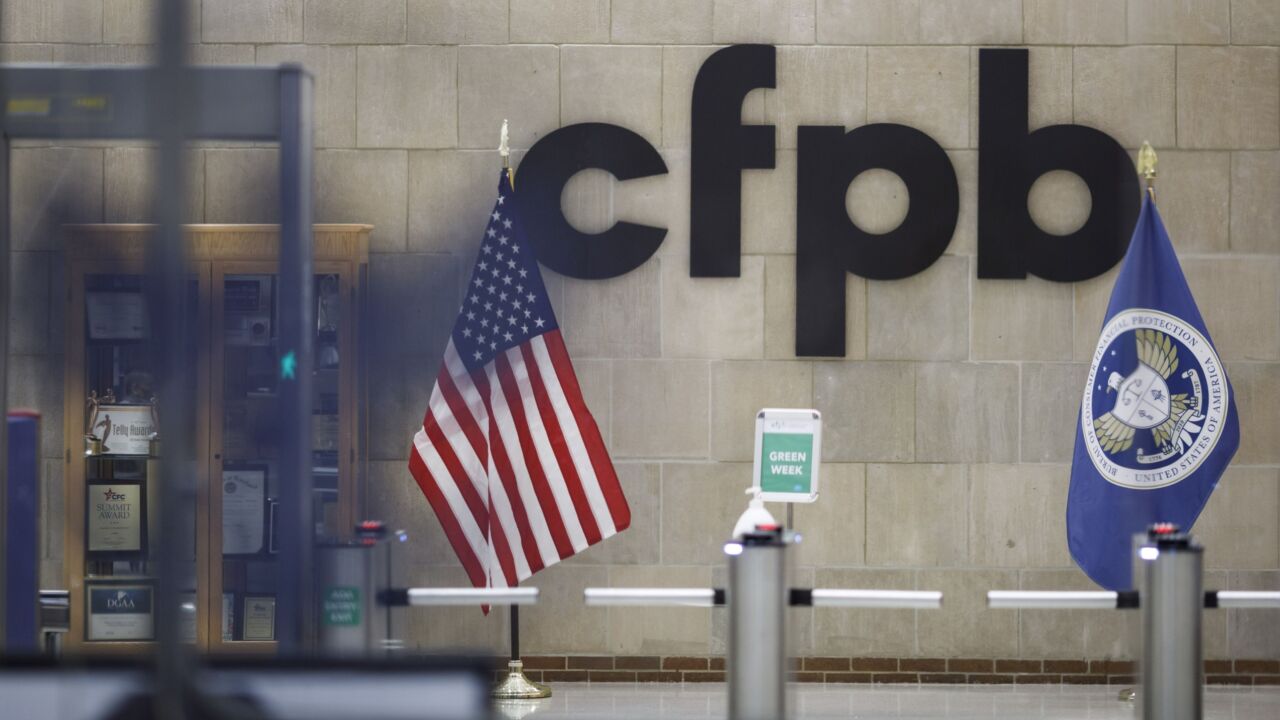
The biggest factor for mortgage originators (and other sales people) to capitalize on online leads is the speed of which they respond to them, studies have found. The quicker the response, especially in the five minutes after receiving the lead, the more likely the sales person is to win the customer.
A follow-up study from Insidesales.com has found that over 99% of companies did not call within that crucial five-minute window.
Dave Elkington, CEO and chairman of Insidesales.com, said the company, which sells a technology that facilitates contacting leads, did a survey of its clients in 2007 along with James Oldroyd, at the time a Ph.D. candidate on e-business strategy. They found some fascinating trends, including the best days to contact people were Tuesday and Thursdays. They were 80% more likely to engage in the sales process then those called Mondays and Fridays.
The five-minute response was 3,000 times more likely to get the customer.
Elkington pointed out the
In doing additional research, they found there are two things that drive better lead capture. Besides the immediate/first response strategy, sales organizations also need to adopt a “very persistent strategy,” he said.
Looking at client data, especially in the nonconforming sector he said, it could take as much as 25 to 27 “touches” in the sales process to convince a consumer to use your services. Touches can be all means of client contact—phone, voice mail message, direct mail and email. After that many contacts, the chance of success diminishes.
Elkington said the “sweet spot” for sales success is at about 15 touches.
Sales organizations are spending massive amounts of these leads, which are for the most part consumers who are ready for these services. But the sales organizations have been lousy at moving on them at any great speed. The typical response time has been 24 to 48 hours, well outside the five-minute optimum. “That is like going to Nordstrom’s and saying, 'I’d like a pair of shoes,’ and they say, 'You got it. I’ll see you tomorrow,’” he said.
In an online-generated transaction, the consumer is looking for help, but the sales organizations response has been terrible.
Insidesales.com also conducts response audits, where it secret shoppers vendor or lead generation company websites. Its technology tracks response time and other information. The mortgage industry is one of the ones that does better at this, Elkington said, as opposed to B2B sales businesses, which do terrible.
And the reasons why many companies do not meet the optimum response time are not deliberate ones such as ignoring the lead, he said; rather it is process—administration and overhead issues. Some companies route all leads to a sales manager who then prints and distributes them among the staff. Other firms lack an automated way of getting the hot leads to the sales staff.
These methods are time consumer and detrimental to the sales process.
In the first 24 hours after the lead is submitted, sales people should make between two and five attempts to contact the consumer. And the following day, slightly fewer attempts and so on, he said, to the point where it might be every other day or every other three or four days. After two weeks, the point of diminishing returns is reached and the likelihood of selling to the lead has vanished.
And that first attempt should be voice contact, not email. Elkington said the company did a study asking what should be the mode of initial contact: email, call, email followed by call, or call followed by email.
It found call followed by email is the optimum strategy. The problem with email first is that consumers have become numb as a result of automatically generated email responses.
Automated responses have a detrimental effect on the sales process, he explained.
The second most ideal response was simply a call, followed by email followed by call, then email alone.
That’s not to say technology doesn’t have its place. It is the best way for companies to manage the process to ensure the quick responses. You need systematic methods to capture the lead, he said, followed by a customer relationship management solution that has real time routing to the sales rep to facilitate communications. Insidesales.com provides this type of service and since its original survey in 2007, competition has sprung up, Elkington noted.
In the end, the first human touch still is the differentiator in making the sale. “At the end of the day, people like to interact with people. They trust people, they don’t trust technology. There is a need for a very high level of service and a high level of attention.”
The prospect wants “to talk to somebody really quickly that they feel comfortable with and they trust,” he said.





